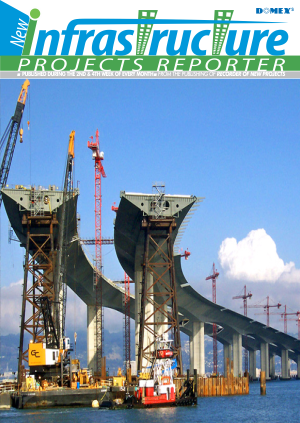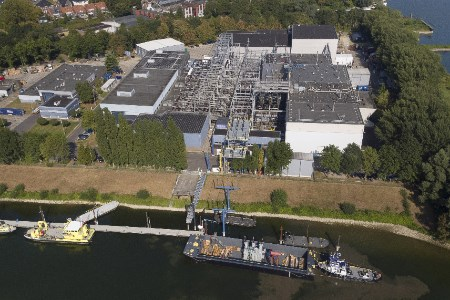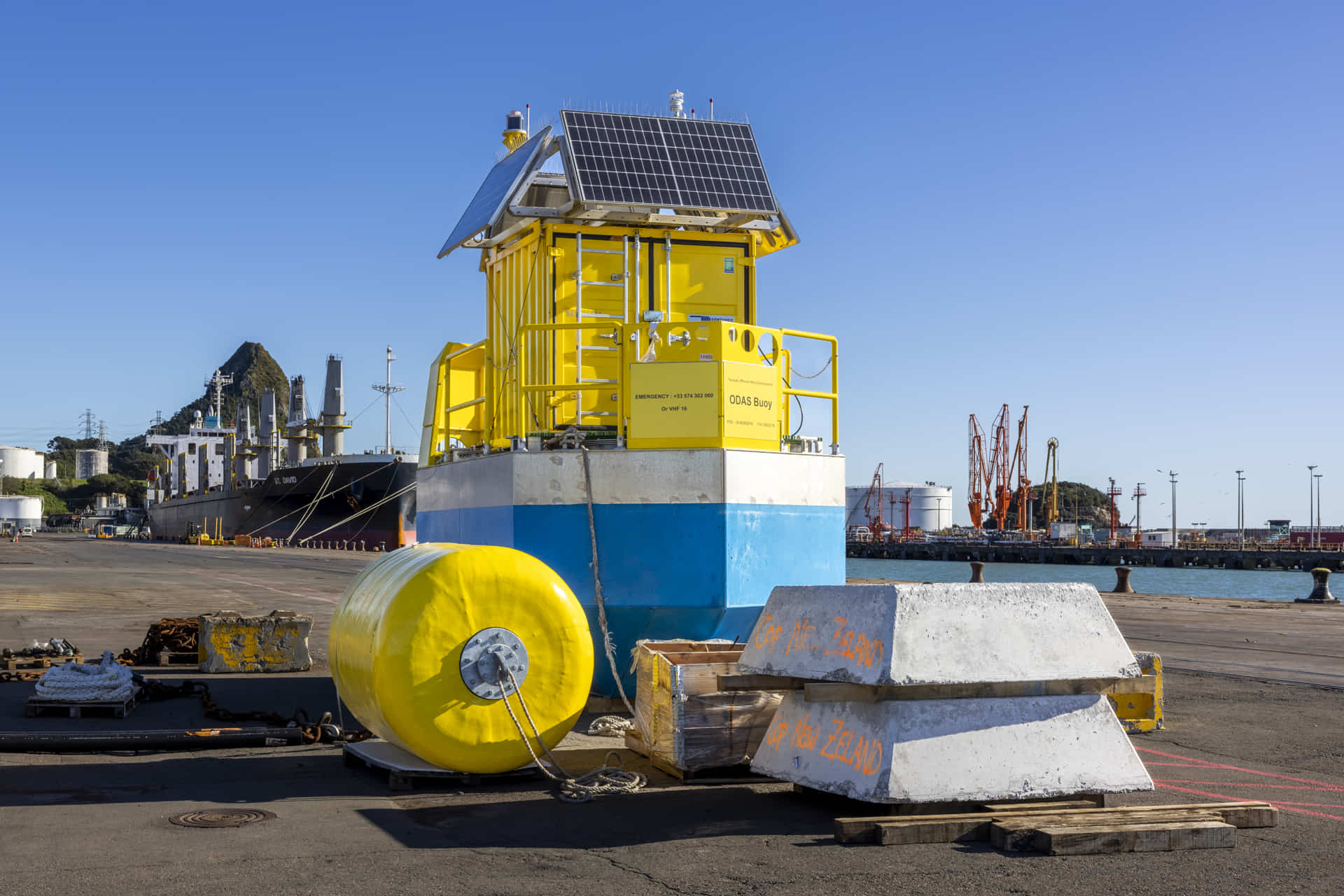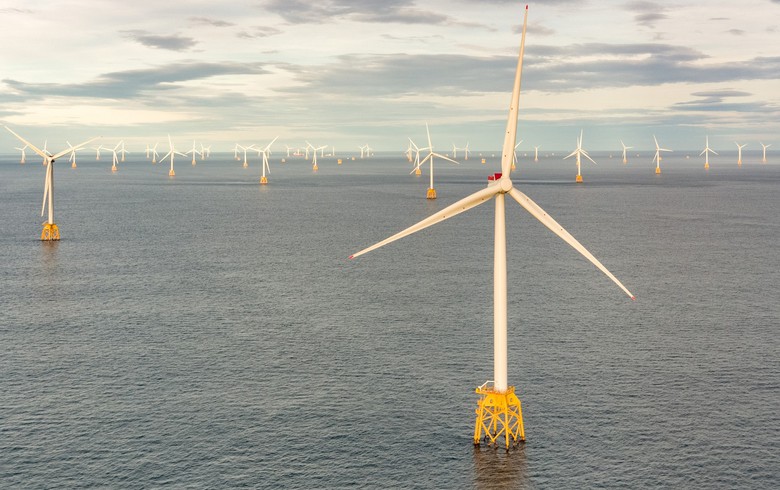
Local governments have constantly released new policies focusing on new infrastructure investment and implementation since May. On May 7, Shanghai released a plan committing to implement 48 key programs and project packages with a total investment of 270 billion yuan (US$37 billion) in the next three years. On May 11, Guangzhou signed 16 new infrastructure programs worth 56.6 billion yuan, covering areas of AI, big data, digital industries, etc. Kunming recently confirmed a total of 394 programs on 5G, AI, industrial internet, internet of things, and some other areas with an estimated investment of 58.9 billion yuan in 2020.
According to a white paper on new infrastructure development released by think tank CCID, the total direct investment in seven areas (5G, ultra-high-voltage power facilities, inter-city transport, new energy vehicle charging stations, big data centers, artificial intelligence, and industrial internet) is expected to top 10 trillion yuan by 2025, and the total investment in related industries is estimated to exceed 17 trillion by that year.
As the new infrastructure programs are implemented, a number of 100 billion yuan-scale industrial clusters are expected to appear. For instance, Guangzhou is planning to launch AI application scenario projects and an industrial internet integration and innovation campaign, with the aim of constructing eight key industrial clusters in the areas of intelligently connected vehicles, intelligent robots, and so on, forming an AI industrial cluster of 120 billion yuan. Chongqing recently announced that it will establish 100 billion yuan-scale 5G industrial clusters by 2022.
Zhou You, an expert with CCID, said that the newness of "new infrastructure" is reflected in new industry, new technology, new economy, new format, and new model. He said the government should accelerate the implementation of support policies on land, energy, and capital. Especially in terms of uses of funds, the traditional fiscal policies could hardly meet the needs brought by new investment patterns, which requires reasonable adjustments on policies. Meanwhile, local governments should regulate and promote the new financing pattern of public-private partnership, introduce private capital to improve efficiency, and expand financing channels.
According to the National Development and Reform Commission, it would roll out guidelines on new infrastructure development, amend the rules of entry for the related industries, and pay adequate attention to project construction.






